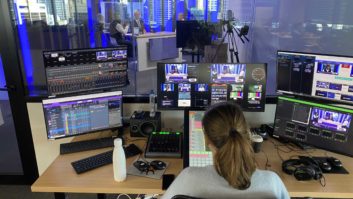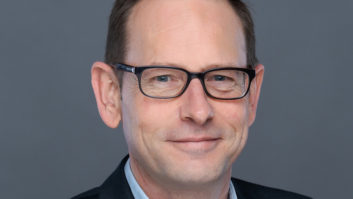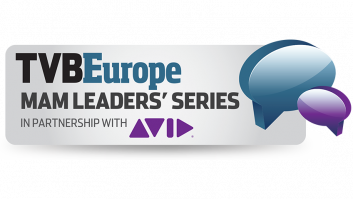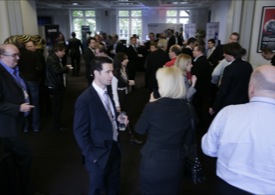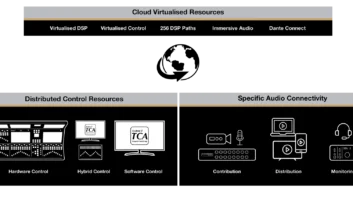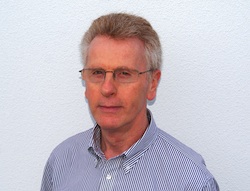
Last summer the five northern European broadcasters that make up the NORDVISION Group selected Tedial together with its local partner Mediateket to provide new technology that enables the free exchange and sharing of news items and long format programmes. The project was named NORDIF3. The NORDVISION Group jointly generates more than 4000 TV programmes annually and comprises: DR (Denmark), NRK (Norway), SVT (Sweden), YLE (Finland) and RUV (Iceland). As well as sharing material the NORDIF3 project enables the joint production and exchange of finished programmes and know-how.
In addition to the exchange of broadcast content in both SD and HD formats the solution had to include metadata handling, browse files for user viewing and the ability to attach documents. This meant that the system would support all the local file formats of each partner, deriving a proxy for each as well as storyboard generation and indexing. NORDIF3 significantly improves the workflow capability of the previous NORDIF2 project.
A key requirement of the project was increased speed and reliability when transferring files. The NORDIF3 team selected Tedial to provide the MAM and content distribution technology based on similar proven systems. The solution also required little or no customisation thereby reducing potential costs and risk during the project. NRK took the responsibility of providing the technical platform as specified by Tedial that underpins the system.
The solution includes implementation of Tedial’s MAM, MPM and content exchange software with installation carried out by file-based workflow specialist Mediateket. The key application is Tedial’s Media Amigo cloud exchange platform hosted by NRK at its site in Oslo, providing a complete file-based exchange platform for instant uploading, sharing and reviewing of material: a private cloud. Material contributed by the individual broadcasters is searchable and selectable via the cloud and subsequently delivered to other members in the group.
In operation the central exchange process can be split into two categories: Acquisition and Select and Deliver. For upload into the cloud programmes are selected in each broadcaster’s MAM system and essence files, metadata (XML) and associated materials are transferred to the NORDIF3 system based in NRK’s facilities in Oslo.
On arrival files sent to NORDIF3 are subject to a simple integrity check and if required, associated materials and metadata are attached to the new assets. The NORDIF3 system then automatically generates a browse version and key frames for each contribution. When a broadcaster in the group wishes to select and deliver content they simply search, browse and select assets using Tedial’s MAM web client and upon selection assets are transferred to the receiving broadcaster using Media Amigo.
It is envisaged that in the near future the NORDIF3 system will be able to exchange content with other broadcasters outside the group, a capability that has been built into the solution. Geographical expansion of the platform has already been determined allowing Greenland and the Faroe Islands to connect to the system through DR’s Media Gateway. SVT’s educational channel will also connect via its Media Gateway. Automatic transcoding of content into the format used by the requesting broadcaster is another likely addition in the future further simplifying workflows.
Data Transfer Protocol
Tedial has provided NORDIF with a cloud-based exchange platform designed for the interchange of content between users or systems located in different sites wherever there is an internet connection. It works as a portal whereby a system or a user can ‘publish’ media to be shared by authorised users. Other systems or operators may then request specific content that will automatically be delivered to subscribers as soon as it’s available. Users can also search for media in the system and request copies to be delivered to locations inside or outside the system. To optimise transfers and maximise available bandwidth the Media Amigo application uses UDP-based Data Transfer Protocol (UDT) instead of the classic TCP-based FTP. UDT is widely acknowledged as the best solution for high-performance transfers of large datasets typical of video files.
By Peter Gallen (pictured), product manager, Tedial

